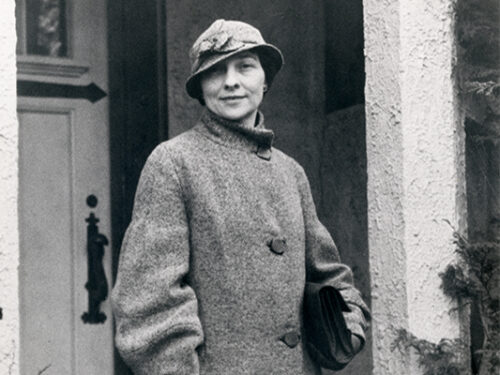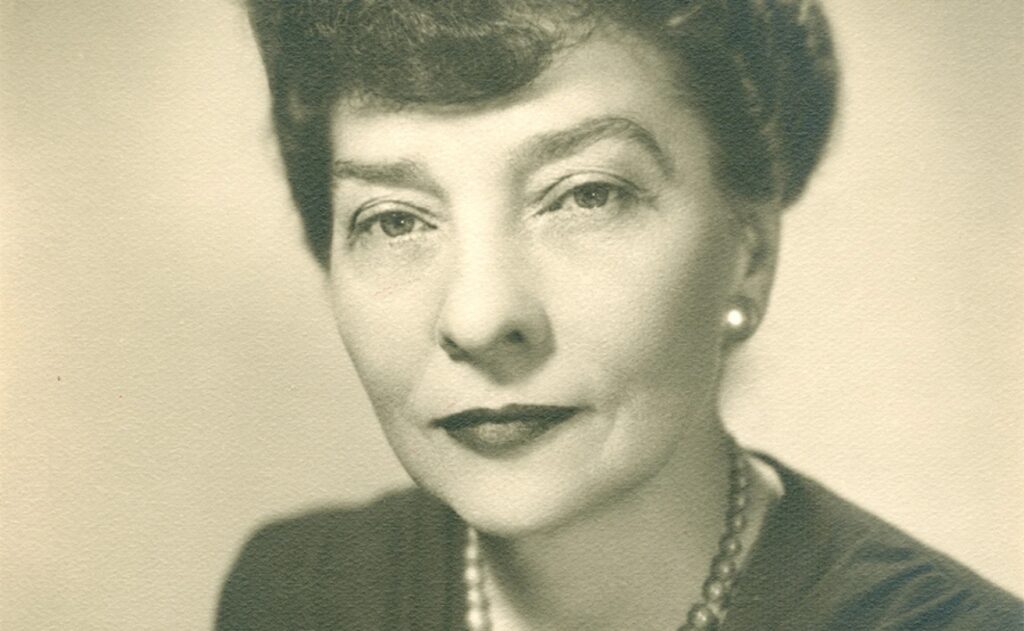
Portrait of Elizebeth S. Friedman. (Undated), Courtesy of George C. Marshall Foundation Library
When most people think of Chicago’s history, they usually point to Al Capone during the Prohibition era. Chicago has no shortage of highly decorated figures, with one who wasn’t afraid to take on the mob and serve her country, showing that woman can hold their own against the men. An extraordinary figure who aided in stopping crime against the mob syndicate and helped fight in two World Wars, she is sometimes referred to as The Mother of Cryptology – Elizebeth Smith Friedman.
Friedman was an American cryptanalyst, she helped solve international smuggling cases during Prohibition and decipher codes from enemies in both World Wars. Throughout the course of her career, she worked for the United States Treasury, Coast Guard, Navy, Army, and the International Monetary Fund. She has been called “America’s first female cryptanalyst.” Her contributions to intelligence were once classified, but the code has been broken and now her story can be told.
An early knack for codebreaking
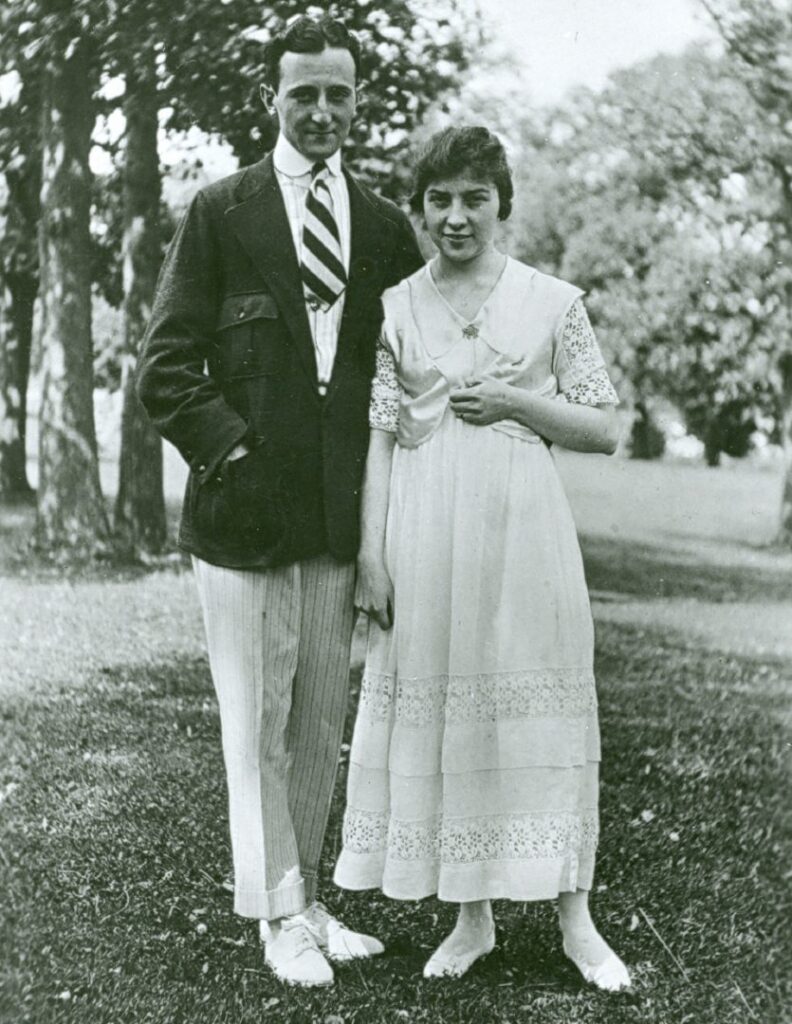
William F. Friedman and Elizebeth S. Friedman on the grounds of Riverbank Laboratories in Geneva, Illinois. 1917
Born in Indiana in 1892, Friedman was a strong linguist in her early age, she graduated from college in 1915 as an English Literature major. Friedman met a wealthy businessman George Fabyan, owner of Riverbank Laboratories in Geneva, Illinois, which was one of the first facilities in the country established for the study of cryptography. Friedman was in search of a job and visited Chicago’s Newberry Library, she spoke with a librarian who knew of Fabyan’s interest. At Riverbank Laboratories, Friedman refined her skills in cryptography, and she also met William Friedman, they married in 1917. A bit before Elizebeth and William wedded, the U.S. entered World War I.
Codebreaking in The Great War
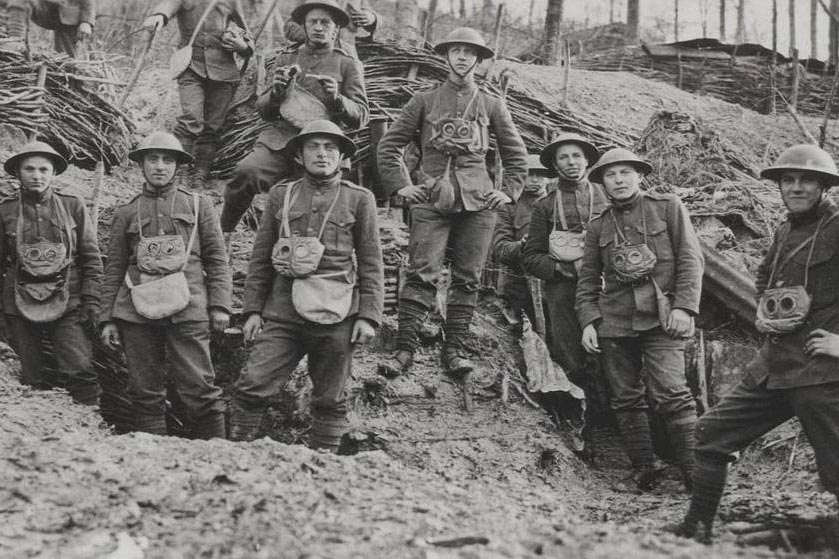
U.S. troops pose for a photo during World War I. Photo By- Army
With the rise of radio transmission, codebreaking became an instrumental skill, but the U.S. lacked a keen code-breaking unit at that time, they were vastly ill-equipped to gather intelligence by those methods. Fabyan offered the services and capability of the staff at Riverbank, creating the first code breaking unit in America, handled up by the Friedmans. The couple coached army personnel in deciphering messages, they also constructed their own complex code systems. After the war, the Friedmans would go on to leave Riverbank and work for the U.S. government. In the 1920s, Elizebeth led a cryptanalytic unit under the U.S. Coast Guard and monitored illegal smuggling rings, becoming the first woman to lead an initiative of that task.
Prohibition Era
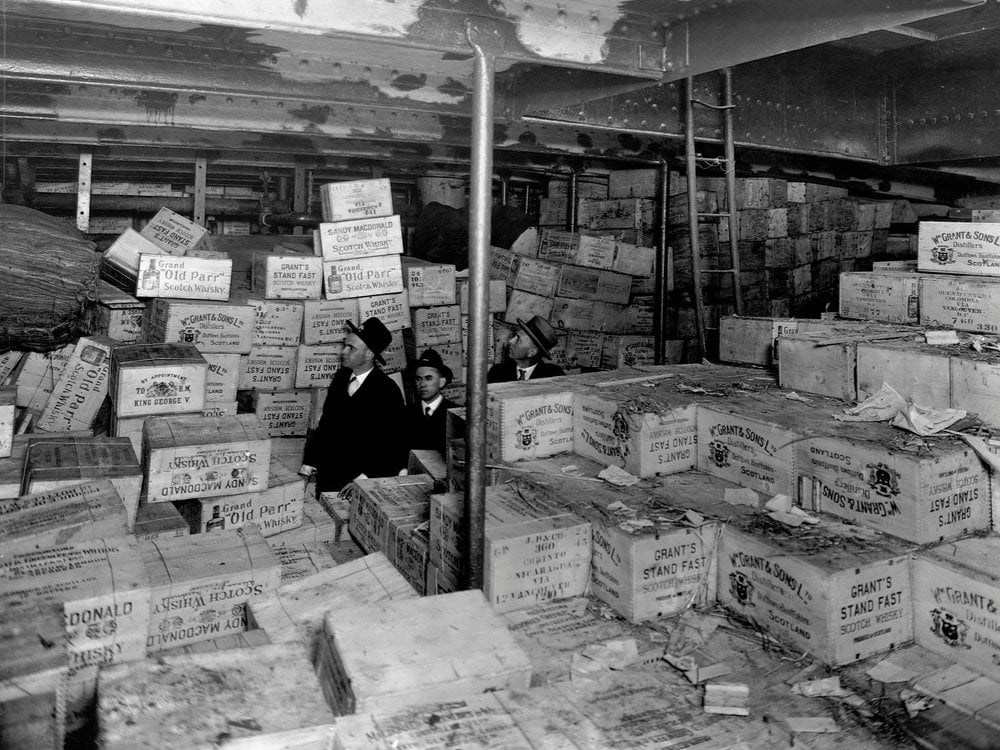
Aboard the Coast Guard Cutter USS Seneca, Prohibition agents stand amidst cases of scotch whiskey confiscated from a rum runner boat. CORBIS
Radio encrypted messages were used by smugglers considerably to conduct their operations. The Coast Guard hired Elizebeth Friedman on a temporary basis to help decode their backlog of messages. Friedman solved the majority of intercepts gathered by Coast Guard stations in San Francisco and Florida herself. The work done by Friedman was responsible for delivering decoded information which resulted in the conviction of the narcotics smuggling Ezra Brothers. While working for the U.S. Coast Guard, the Bureau of Narcotics, the Bureau of Internal Revenue, the Bureau of Prohibition and Customs, and the Department of Justice, Friedman cracked over 12,000 coded messages in three years, resulting in 650 criminal prosecutions. One of the infamous individuals Friedman helped prosecute was Al Capone.
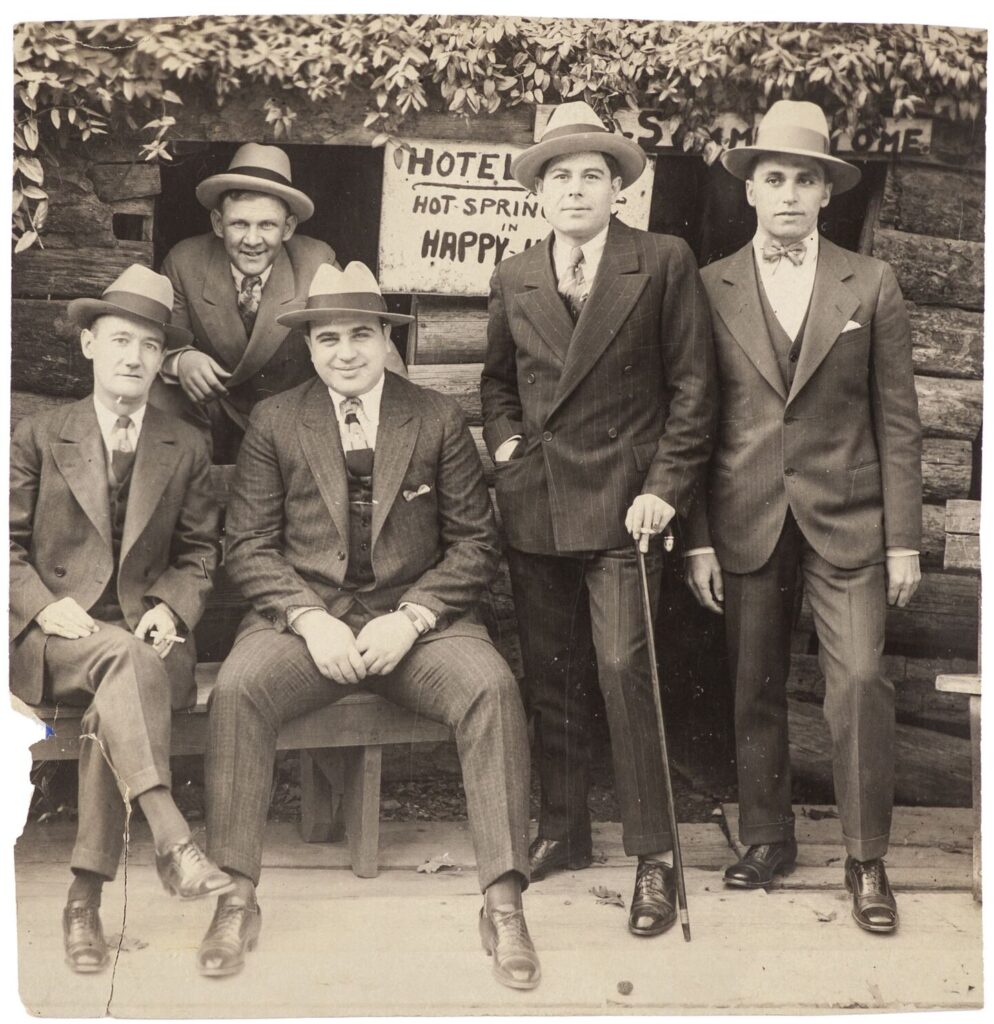
A photograph of Al Capone with “associates” in Hot Springs, Arkansas. SHELDON CARPENTER/WITHERELL’S INC
World War II
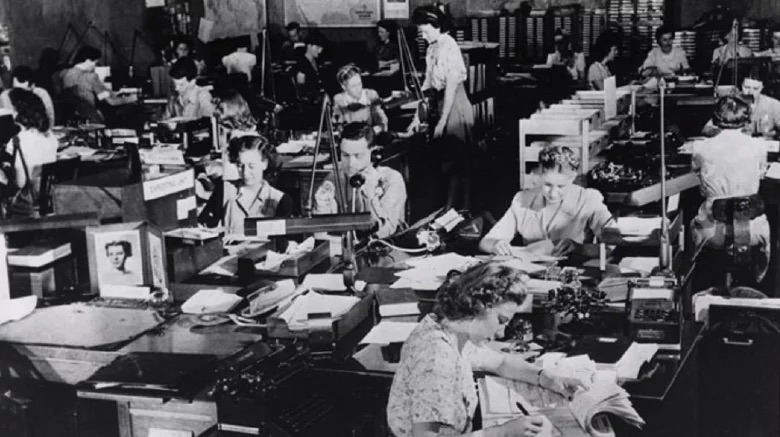
Friedman was in charge of her own code-breaking unit in the 1920s and ‘30s, she was discouraged by her role during World War II. She was appointed to oversee secret communications between German operatives in South America and their overseers in Berlin. Her unit was later transferred to the Navy, which didn’t allow civilians to be in charge of a unit, not being able to take charge of her unit is something she was not used to. She was also irritated by the FBI with their lack of professionalism and interfering with their code-breaking work, the feeling of condescension and sexism became increasingly apparent with the agency, but the FBI still demanded her help due to her extraordinary talents.
As the Americans were fighting in the Pacific theater, fears were also amounting about the dangers of Nazi-backed coups and insurrections in South America, countries that were strategically vital for the U.S. to hold given how resource rich those countries are. The German Enigma machines was a method for Nazi soldiers and officers to communicate with one another, such as highly classified information, inside an extremely encrypted machine box that was difficult to deciphered. Friedman deciphered messages from the Enigma machines, helping uncover a spy network all across South America – discovering the identity, codename and codes from one of the highest-ranking officers, Johannes Siegfried Becker. Friedman effectively tracked him down, where every law enforcement agency and intelligence agencies failed. Once the spy ring was defeated, Bolivia, Argentina, and Chile broke ties with the Axis powers and aligned themselves with the Allied powers, removing the threat of western countries falling to fascists.
An Unsung Hero

Elizebeth Friedman, 1940. Credit- The George C. Marshall Foundation
When all the original intelligence reports were declassified after her death in 1980, Friedman’s true role in the war effort was revealed. The life of a secret agent is often an unheard story due to its confidentiality, a tragedy in this case, since the secrecy concealed a remarkable woman during an extraordinary time and events. Elizebeth Friedman left behind a life of a secret agent with little recognition as when she began her career. But with her story now declassified, Friedman can be given the credit and recognition in the field of cryptology and helping defeat the mob – but essentially helping defeat the Nazis, earning the title of “The Mother of Cryptology.”
References:
Butler, K. (2020, December 29). How Codebreaker Elizebeth Friedman fought Nazi spies. PBS. Retrieved March 18, 2023, from https://www.pbs.org/wgbh/americanexperience/features/codebreaker-elizebeth-friedman-fought-nazi-spies/
Haynes, S. (2021, January 11). Codebreaker Elizebeth Friedman never got her due-until now. Time. Retrieved March 18, 2023, from https://time.com/5928583/elizebeth-friedman-codebreaker/



